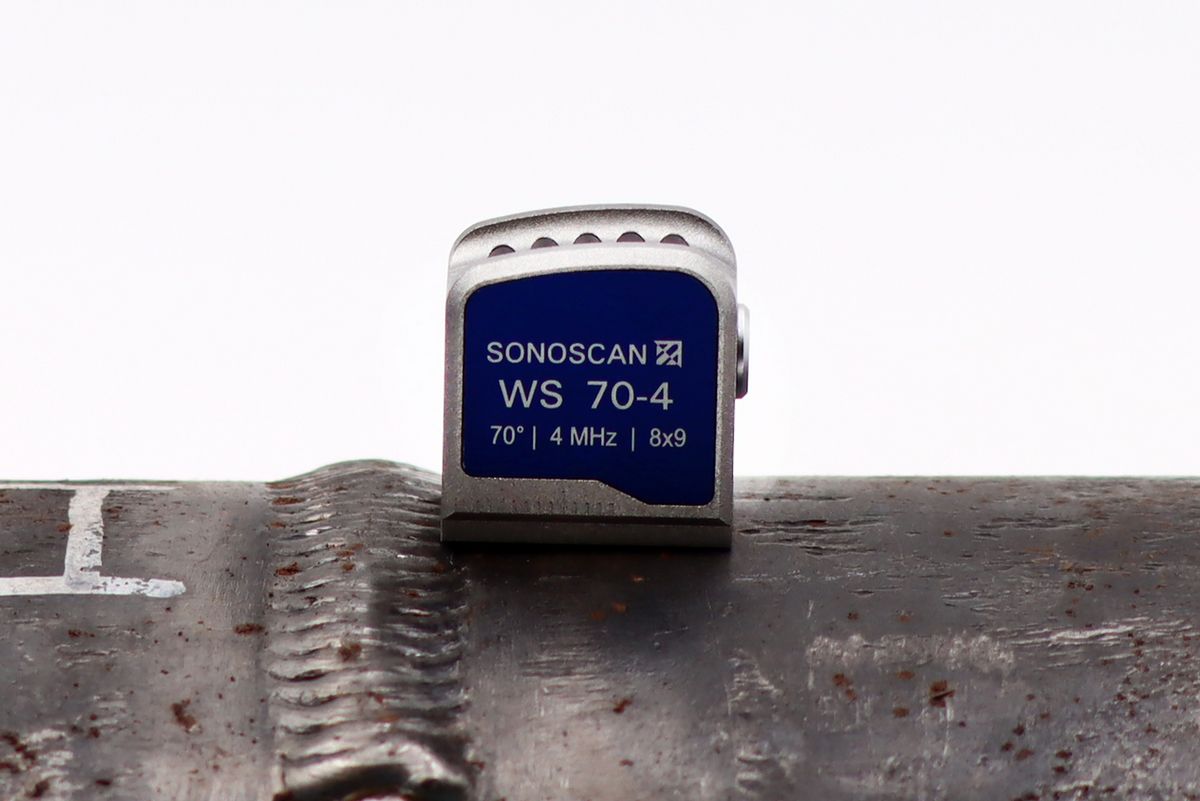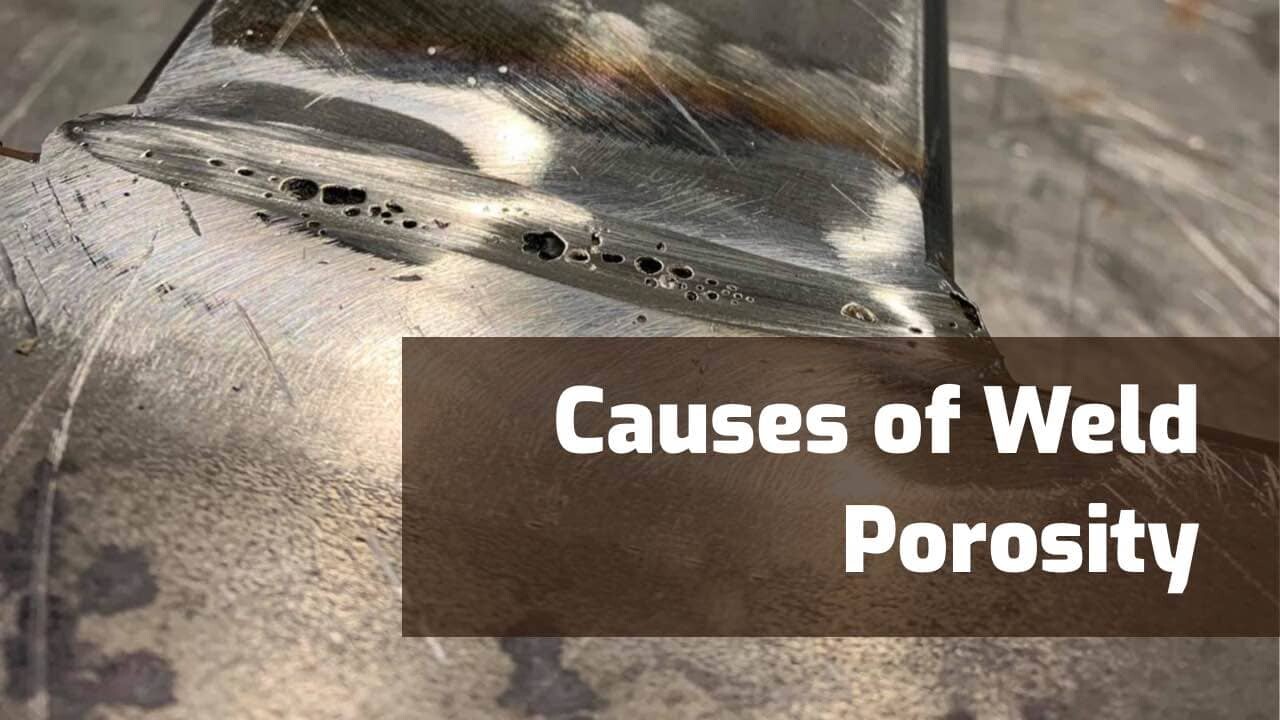Preventing Weld Undercut: Proven Approaches Every Welder Should Know
Preventing Weld Undercut: Proven Approaches Every Welder Should Know
Blog Article
Necessary Tips for Welders: Avoiding Undercut Welding and Ensuring Stronger Weld Joints
In the world of welding, achieving long lasting and strong weld joints is the cornerstone of creating premium job. One typical difficulty that welders often encounter is undercut welding, which can compromise the stability of the weld joint. By understanding the variables that add to damaging and implementing the right techniques and preventative measures, welders can successfully stop this problem and guarantee the longevity and stamina of their welds. Let's check out some vital suggestions that can assist welders navigate this obstacle and elevate the top quality of their welding jobs.

Understanding Undercut Welding
Undercut welding is an usual welding defect that takes place when the weld steel stops working to properly fill up the groove and results in a groove-like clinical depression along the weld grain. This flaw compromises the weld joint, making it prone to splitting and failing under anxiety. Damaging can be brought on by different factors, consisting of too much welding present, high welding rate, incorrect electrode angle, incorrect electrode dimension, and bad welding strategy.
Among the main factors for undercut welding is an inequality between the welding present and the welding rate. If the welding current is too expensive or the welding rate is as well quickly, the weld steel might not appropriately fill the groove, bring about undercutting. Furthermore, utilizing an electrode that is too large can cause a comparable outcome, as the excess steel can not correctly move right into the groove.
To avoid undercut welding, welders must ensure they are utilizing the proper welding parameters, keep an appropriate electrode angle, select the appropriate electrode dimension, and method appropriate welding strategies. By dealing with these aspects, welders can lessen the danger of damaging and produce stronger, more reputable weld joints.
Proper Welding Technique
Efficient welding technique plays a vital duty in guaranteeing the top quality and stability of weld joints. One fundamental aspect of correct welding strategy is preserving the appropriate angle and distance in between the welding gun and the work surface.
Additionally, a stable and consistent hand movement is essential for creating solid and resilient weld joints. Welders need to go for smooth, consistent motions to ensure even circulation of the weld product. Correct adjustment of the welding weapon and filler product is likewise key to achieving optimum penetration and blend.
In addition, managing the warm input and picking the ideal welding parameters based upon the material being bonded are crucial consider attaining high-quality welds - Preventing weld undercut. Welders ought to comply with the recommended setups supplied by welding procedure requirements and adjust them as required based upon the specific needs of the job. By mastering correct welding techniques, welders can dramatically boost the stamina and integrity of their weld joints
Picking the Right Electrode
When thinking about the significance of picking the appropriate electrode in welding applications,Maintaining the appropriate angle and distance in between the welding gun and the work surface is essential. The choice of electrode plays an essential function in figuring out the quality and stamina of the weld joint. Electrodes are available in numerous kinds, each designed for certain functions and materials.
To start with, picking the proper electrode diameter is necessary. Thinner electrodes are ideal for welding thin products, while thicker electrodes are much better for thicker products and higher warmth applications. Matching the electrode size to the thickness of the work surface aids attain a balanced weld.
Secondly, recognizing the product make-up of the electrode is crucial. Various electrodes are designed for welding certain materials like steel, stainless-steel, light weight aluminum, or cast iron. Utilizing the correct electrode material ensures great blend and lessens the threat of defects in the weld.
Finally, considering the welding setting and strategy is crucial when selecting the electrode kind. Certain electrodes are better suited for overhanging or upright welding placements, while others function well for level or horizontal settings. Choosing the best electrode based on the welding technique enhances the overall weld top quality and integrity.
Preparing the Base Steel
To make sure a successful welding process, what preliminary actions should be taken when preparing the base steel for welding? Appropriately preparing the base metal is critical for achieving resilient and strong weld joints. The very first step in preparing the base steel is to clean it thoroughly to eliminate any impurities such as corrosion, dust, paint, or oil. This can be done using a cable brush, mill, or chemical solvents. Furthermore, any kind of existing weld material or deposit from previous welding ought to be removed to guarantee a clean surface for the new weld.

Conducting Post-Weld Assessments

After performing these assessments, welders need to contrast the results versus sector criteria and project needs to ensure that the weld joint meets all necessary criteria. Any kind of deviations or inadequacies found throughout the post-weld assessment ought to be without delay attended to through suitable restorative actions to ensure the weld's integrity. By vigilantly performing post-weld helpful hints assessments and quickly attending to any problems, welders can maintain the quality and reliability of their job, ultimately adding to the security and durability of the bonded structures.
Final Thought

In final thought, protecting against undercut welding and making certain more powerful weld joints require a combination of proper welding technique, picking the best electrode, preparing the base metal correctly, and carrying out post-weld inspections. By comprehending the root causes of undercut welding and applying the needed precautions, welders can produce high-grade weld joints that satisfy industry standards and make sure the architectural honesty of the bonded elements.
Undercut welding is a common welding defect that occurs when the weld metal stops working to effectively fill up the groove and results in a groove-like anxiety along the weld bead (Preventing weld undercut). Undercutting can be caused by numerous elements, consisting of too much welding current, high welding rate, improper electrode angle, inaccurate electrode dimension, and bad welding strategy
One of the major factors for undercut welding is a discrepancy in between the welding existing and the welding speed. If the welding current is also high or the welding rate is as well quickly, the weld steel might not effectively fill the groove, leading find here to damaging.Preserving the proper angle and range between the welding weapon and the workpiece is fundamental when thinking about the importance of selecting the appropriate electrode in welding applications.
Report this page